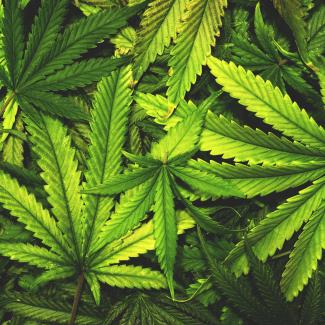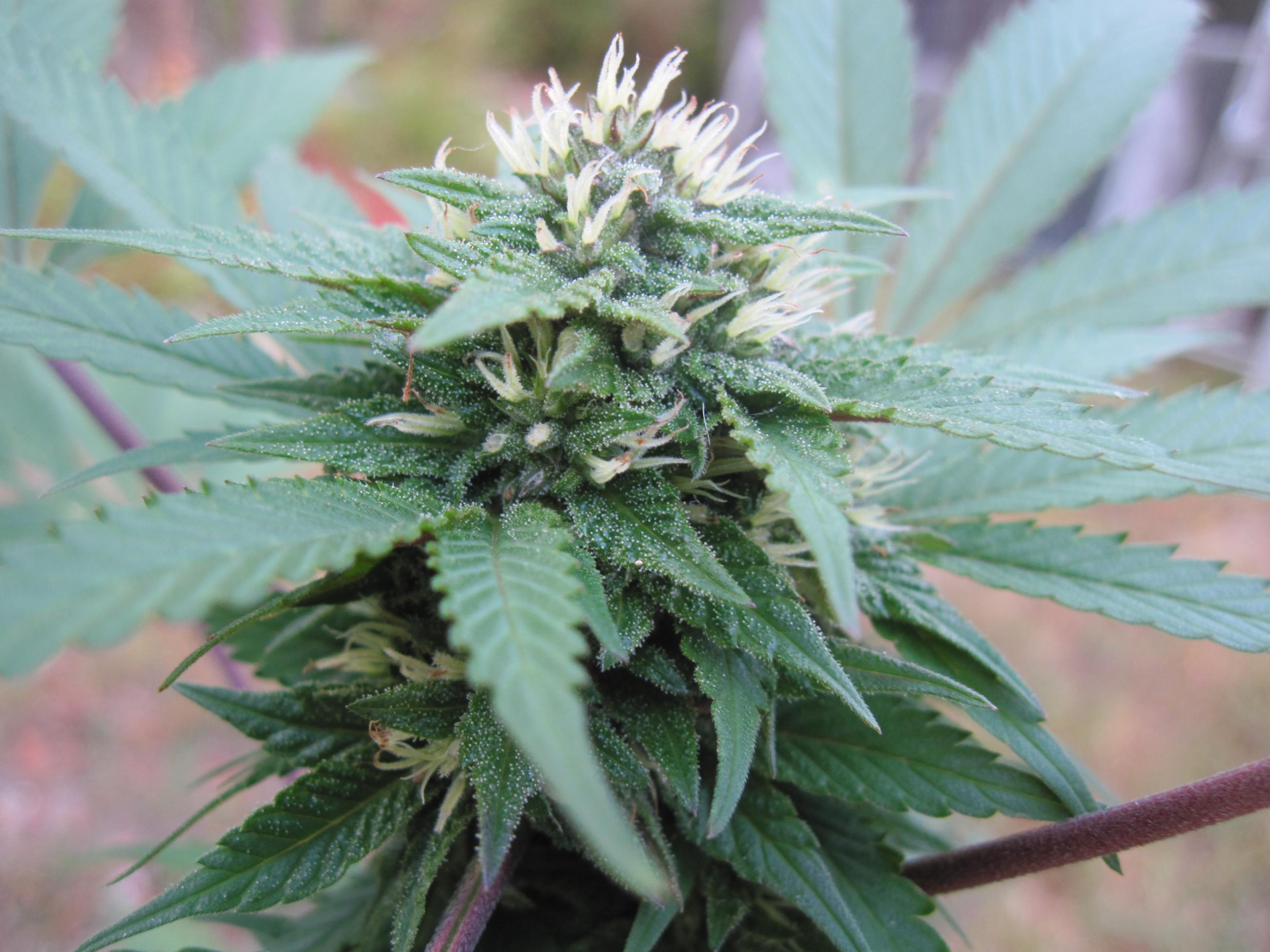Cannabis flower, often simply referred to as "bud," is the dried, flowering part of the cannabis plant. It’s where the plant concentrates its cannabinoids, the compounds responsible for the therapeutic effects. As a medical cannabis patient, understanding cannabis flower can be crucial to optimizing your treatment plan.
What is Cannabis Flower?
The flower is the reproductive part of the cannabis plant. It grows at the top of the plant, where it receives the most sunlight. This is where the plant produces resin glands, tiny structures that contain cannabinoids like THC and CBD, as well as terpenes, which contribute to the plant's aroma and flavor.
While the flower is the most potent part of the plant, other parts also contain cannabinoids and terpenes. These include:
- Leaves: While lower in cannabinoid concentration compared to flowers, fan leaves (large, flat leaves) can be used to make extracts or infused products. Sugar leaves (smaller, resinous leaves) are often included in flower products.
- Stems: Typically discarded, but some processors use them to create lower-potency products or extracts.
- Seeds: Contain little to no THC or CBD, but they are a rich source of protein, omega-3 fatty acids, and other nutrients.
Potency: Flower vs. Other Parts
As mentioned, the flower is generally considered the most potent part of the cannabis plant. This is due to the high concentration of resin glands, which produce cannabinoids. However, potency can vary greatly depending on the strain, growing conditions, and processing methods.
Other parts of the plant, while less potent, can still offer therapeutic benefits. For example, CBD-rich hemp plants often have higher concentrations of CBD in their leaves and stems compared to the flowers.
Cannabis Flower vs. Other Cannabis Products
Cannabis flower is often considered the most potent form of cannabis available. However, potency can vary widely depending on the strain and cultivation methods. Other cannabis products, such as concentrates and edibles, can also be very potent. The strength of a cannabis product is typically measured by its THC (tetrahydrocannabinol) content, but other cannabinoids like CBD (cannabidiol) can also contribute to the overall effects.
It's essential to start with a low dose and gradually increase it as needed, regardless of the cannabis product you choose.
Types of Cannabis Flower
Cannabis flower comes in a vast array of strains, each with its unique terpene and cannabinoid profile. These profiles contribute to the plant's aroma, flavor, and effects. Here are some common types:
- Indica: Often associated with relaxation and body sedation.
- Sativa: Generally linked to uplifting and energizing effects.
- Hybrid: A cross between Indica and Sativa, offering a blend of effects.
It's important to note that these are general categorizations, and individual experiences can vary widely.
What to Look For When Purchasing Cannabis Flower
When purchasing cannabis flower, consider the following factors:
- Potency: Understand the THC and CBD levels to choose a product that aligns with your desired effects.
- Terpenes: These aromatic compounds contribute to the overall experience. Some terpenes are known for their potential therapeutic properties.
- Cultivation Practices: Look for products grown organically or with sustainable methods.
- Lab Testing: Ensure the product has undergone third-party testing to verify its cannabinoid and terpene content, as well as to check for contaminants.
- Provenance: Knowing the strain and its lineage can help you predict potential effects.
Tips for Using Cannabis Flower
Using cannabis flower effectively involves understanding your desired effects, the strain's characteristics, and the appropriate consumption method. Here are some tips:
- Start Low, Go Slow: This is a general rule for cannabis consumption. Begin with a small amount and gradually increase as needed to find your optimal dose.
- Choose the Right Strain: Different strains offer varying effects. Indica strains are often associated with relaxation, while sativa strains are linked to uplifting and energizing sensations. Hybrids offer a balance of both.
- Consider Consumption Methods: The way you consume cannabis can affect the onset and duration of effects.
- Smoking: Offers rapid onset but involves combustion.
- Vaporization: Provides a cleaner experience and allows for temperature control.
- Decarboxylation and Ingestion: Creates edibles or tinctures with longer-lasting effects.
- Pay Attention to Terpenes: These aromatic compounds can enhance the effects of cannabinoids. For example, strains rich in limonene are often associated with uplifting and mood-boosting properties.
- Storage: Store your cannabis flower in an airtight, light-proof container in a cool, dry place to preserve its potency and freshness.
Remember: The best way to find what works for you is through experimentation and careful observation. It's essential to listen to your body and adjust your consumption accordingly. Always consult with your healthcare provider to discuss how cannabis might fit into your overall treatment plan.
























